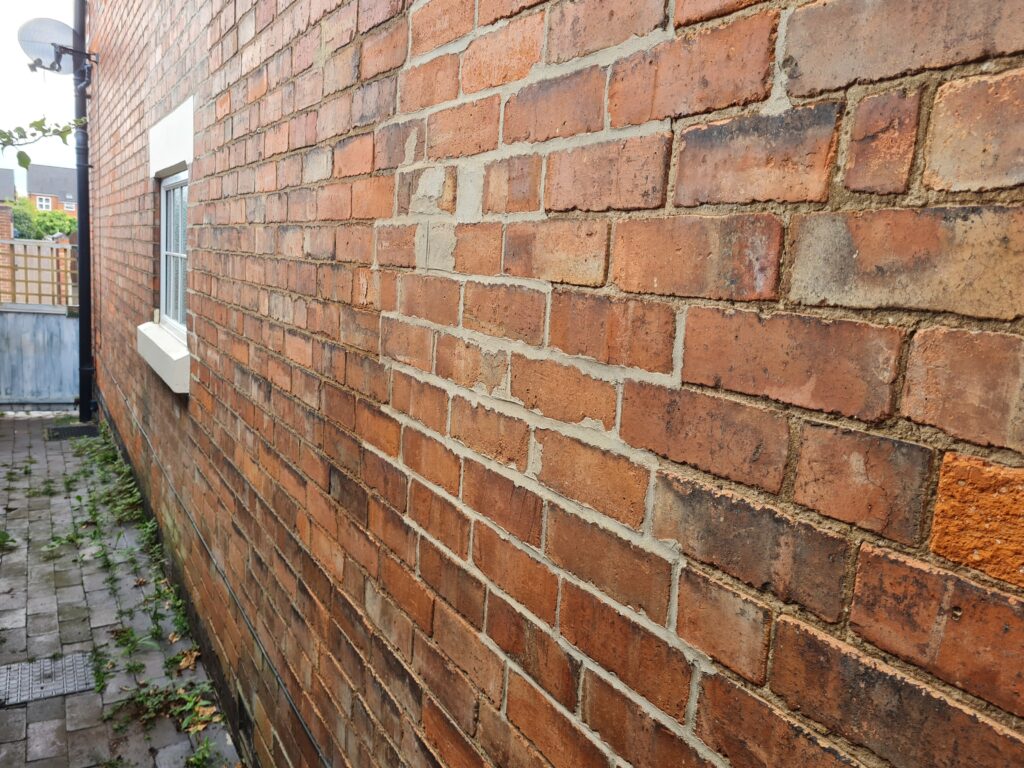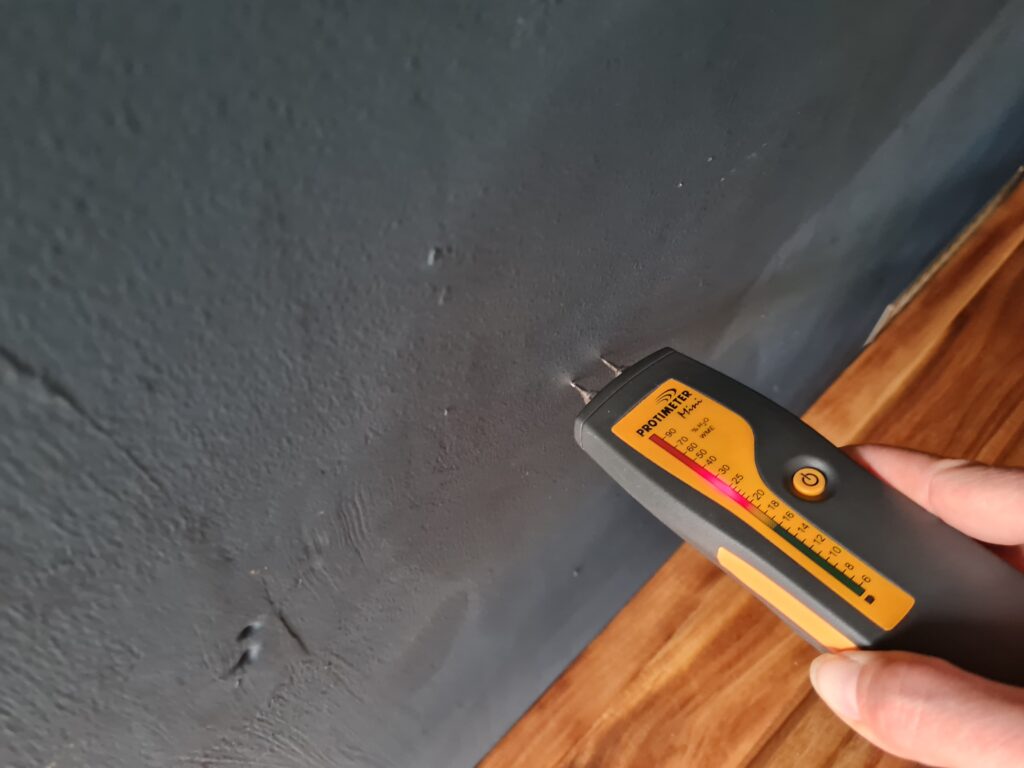I recently inspected a large Victorian semi detached property. It was a beautiful sunny September afternoon and unusually I was carrying out a building survey for clients who had already purchased the property and had moved in.
The clients had never purchased a period property before and had declined the advice of their legal advisers to have a survey done prior to their commitment to purchase. Having occupied the property for a number of weeks they began to notice things that they clearly hadn’t seen before, a few cracks to the ceiling, some damp patches on the internal walls, the list goes on.

They had talked about how they regretted not having a survey prior to purchasing, and eventually they made the decision to instruct Gold Crest to carry out a building survey on the property. They wanted to ascertain what urgent defects needed attention in order to create a maintenance plan for the property in the coming years. One of the things we see regularly on period properties with solid brick walls, is the incorrect use of sand and cement mortar, used to repoint or repair mortar joints to the brickwork. This material is not ideal and appeared to be causing a very specific area of the dampness that was found internally on the chimney breast in the dining room. Water was becoming trapped within the brickwork of the disused chimney breast, the sand and cement mortar used for re-pointing externally is too dense and is not allowing the moisture to escape, as it would with a breathable lime based mortar. The photos taken show how the patch of external, grey cement mortar pointing, almost completely mirrors the shape of the visible damp patch on the chimney breast internally. Because the vendor was also our client in this instance, I was able to take him round his property and visually explain what was happening and why. We always recommend in a case such as this, that the client have a reputable and experienced building contractor to rake the joints out to a depth of around 2cm and repoint the masonry with a suitable lime mortar, which should help the brickwork breathe. You can search the Federation of Master Builders register, which is available online, for contractors who have experience with lime building products.

It was an enjoyable experience to help a clients learn more about the period property they had taken on and how to properly maintain it, however, this was not the only defect within the property that required urgent attention. All of our building surveys also provide a full breakdown of assumed costs for any urgent repairs or safety checks that are deemed to be necessary. In this particular case, the assumed cost of necessary repairs was in the region of £7,100. Had the clients instructed a building survey prior to completion, this figure may have assisted them with interim negotiations with regard to the purchase price of the property, this could have potentially saved them thousands of pounds.
To get an instant online quote for your local surveyor simply click here and complete our 30 second form.
By Victoria Bocock – AssocRICS.




